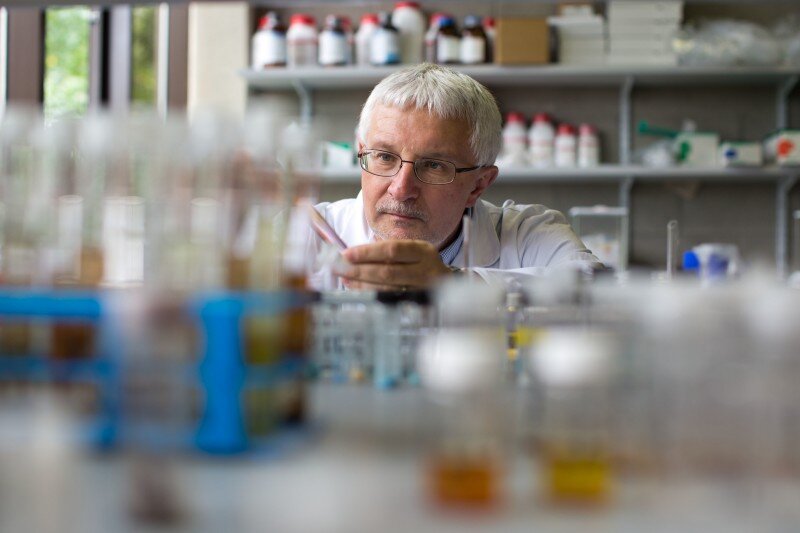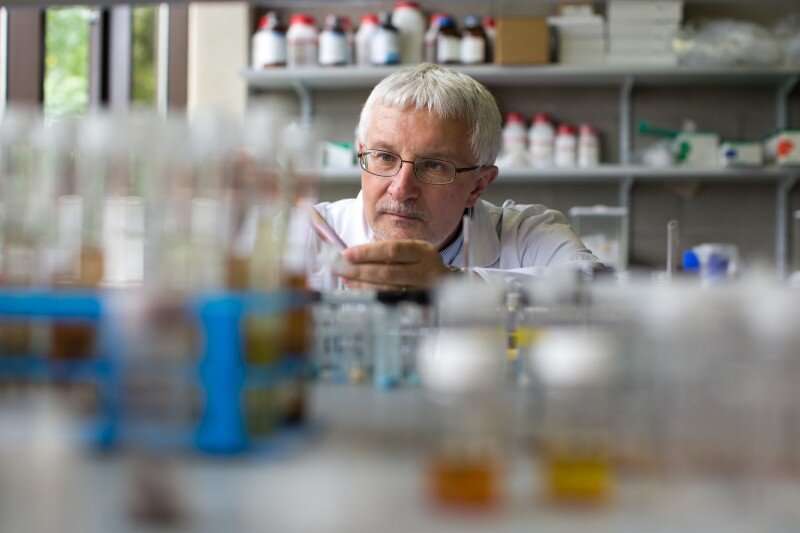

Researchers at University of Limerick have developed a new material that has the ability to capture toxic chemicals from the air.
The material is capable of capturing trace amounts of benzene, a toxic pollutant, from the air and crucially use less energy than existing materials to do so, according to the researchers.
The sponge-like porous material could revolutionize the search for clean air and have a significant impact in the battle against climate change, the researchers believe.
Professor Michael Zaworotko, Bernal Chair of Crystal Engineering and Science Foundation of Ireland Research Professor at University of Limerick’s Bernal Institute, and colleagues developed the new material, with findings reported in Nature Materials.
Volatile organic compounds (VOCs) including benzene are a class of toxic pollutants that cause severe environmental and health issues. Developing technologies to remove benzene from air at trace concentrations and doing it with a low energy footprint are both challenges that have not been overcome until now.
“A family of porous materials—like sponge—have been developed to capture benzene vapor from polluted air and produce a clean air stream for a long working time,” explained Professor Zaworotko.
“These materials could be regenerated easily under mild heating, making them candidates for air purification and environmental remediation.
“Our materials can do much better in both sensitivity and working time than traditional materials.”
Professor Zaworotko and Dr. Xiang-Jing Kong from the Department of Chemical Sciences at UL, along with colleagues from leading universities in China, developed the new porous material which has such strong affinity for benzene that it captures the toxic chemical even when present at just 1 part in 100,000.
This material resembles Swiss cheese because it is full of holes and it is these holes that attract the benzene molecules, according to the researchers.
In terms of energy, because the capture process is based upon physical rather than chemical bonding, the energy footprint of capture and release is much lower than previous generations of materials.
“Breaking up gas mixtures is hard to do. This is especially true for the minor components that comprise air, which include carbon dioxide and water. The properties of our new material show that breaking up is no longer hard to do for benzene,” explained Professor Zaworotko.
Earlier work from Professor Zaworotko’s lab resulted in leading materials for carbon capture and water harvesting. The water harvesting material has such favorable properties for capturing and releasing water from the atmosphere that is already being used in dehumidification systems.
Dr. Xiang-Jing Kong explained: “Based on smart design, our materials do well in addressing challenges of both technical and social relevance, such as trace benzene removal from air. This is hard for conventional materials, and thus highlights the charm of porous materials.”
Overall, these results suggest that a new generation of bespoke porous materials of the type invented at UL can enable a general approach to the capture of toxic chemicals from air.
“Aromatic isomers are difficult to separate in their mixtures with traditional methods, which are always energy-intensive,” Dr. Xiang-Jing Kong explained.
“This research opened up possibilities to design porous materials for efficient separation of these chemicals with low energy input as well as removal of other trace pollutants from air.”
New material captures carbon dioxide
Tao He et al, Trace removal of benzene vapour using double-walled metal–dipyrazolate frameworks, Nature Materials (2022). DOI: 10.1038/s41563-022-01237-x
University of Limerick
Citation:
New material can ‘capture toxic pollutants from air’ (2022, May 18)
retrieved 18 May 2022
from https://phys.org/news/2022-05-material-capture-toxic-pollutants-air.html
This document is subject to copyright. Apart from any fair dealing for the purpose of private study or research, no
part may be reproduced without the written permission. The content is provided for information purposes only.

